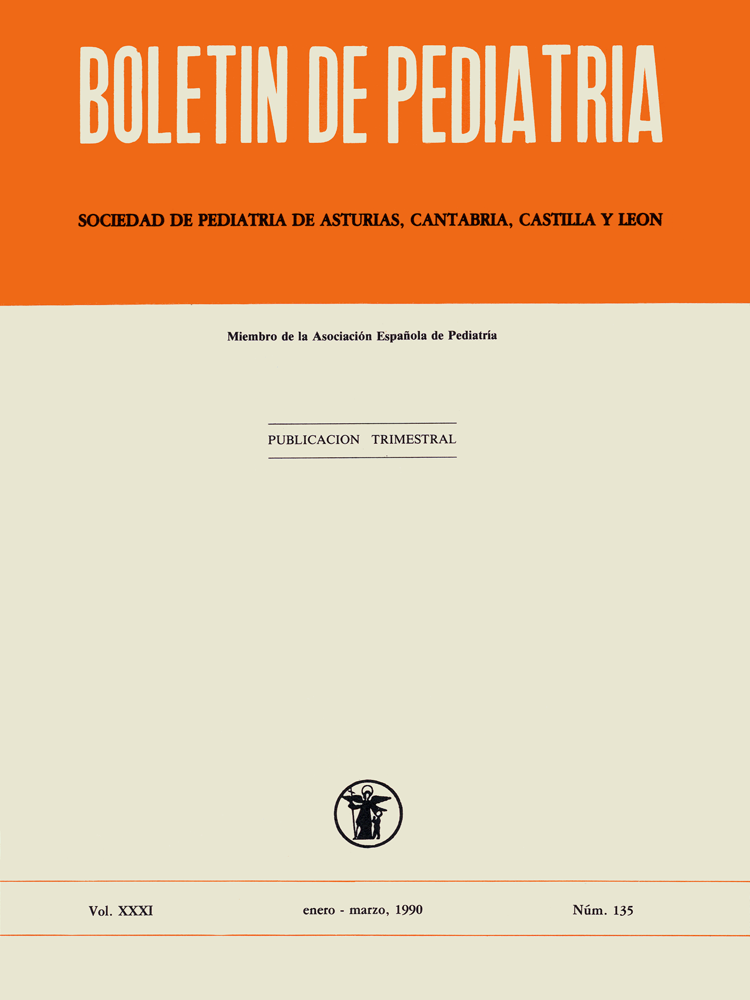Abstract
Paracetamol (acetaminophen) is a widely used drug, which has analgesic and antipyretic properties comparable to those of salicylates but lacks their antinflamatory activity. Severe hepatotoxicity occurs frecuently at acetaminophen overdose (more than 140 mg/kg.). Excesive acetaminophen doses appear to deplete liver gutation stores, leading to formation of the toxic intermediate metabolite n-acetyl-pbenzoquinoneimine. Symptoms often are absent early (0-24 hours) in the course of poisoning; followed by subclinical increase in hepatic enzymes (24-48 h postingestion). Signs of progressive hepatic injury develop 3-4 day after overdose. Oral or intravenous n-acetyl-n-cysteine (NAC) is the only antidote currently used in paracetamol overdose. The administration of NAC to those children with history of acetaminophen ingestion of more than 140 mg/kg should not be delayed beyong 12 hours postingestion while awaiting blood level.

This work is licensed under a Creative Commons Attribution-NonCommercial 4.0 International License.
Copyright (c) 1990 Boletín de Pediatría
